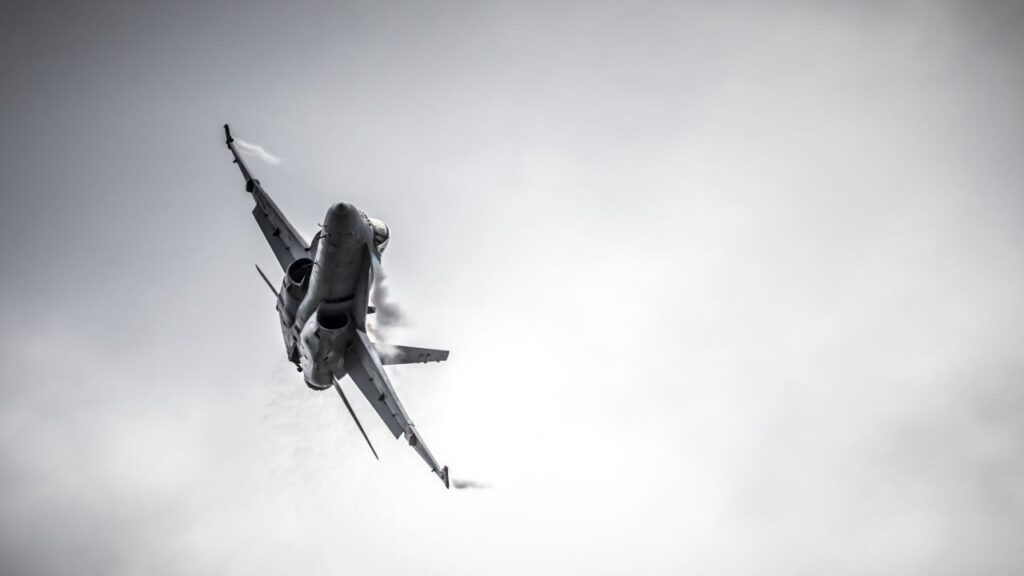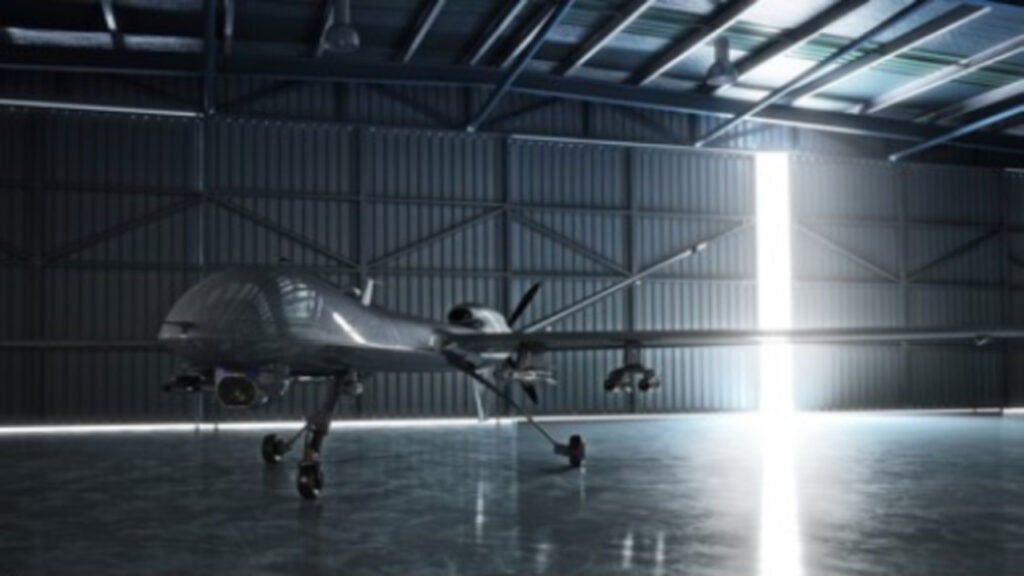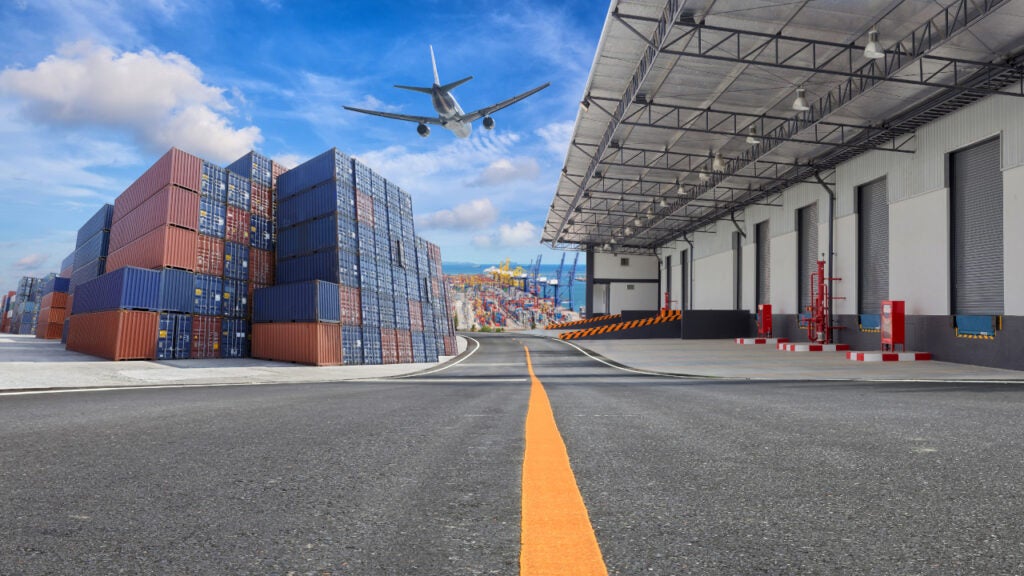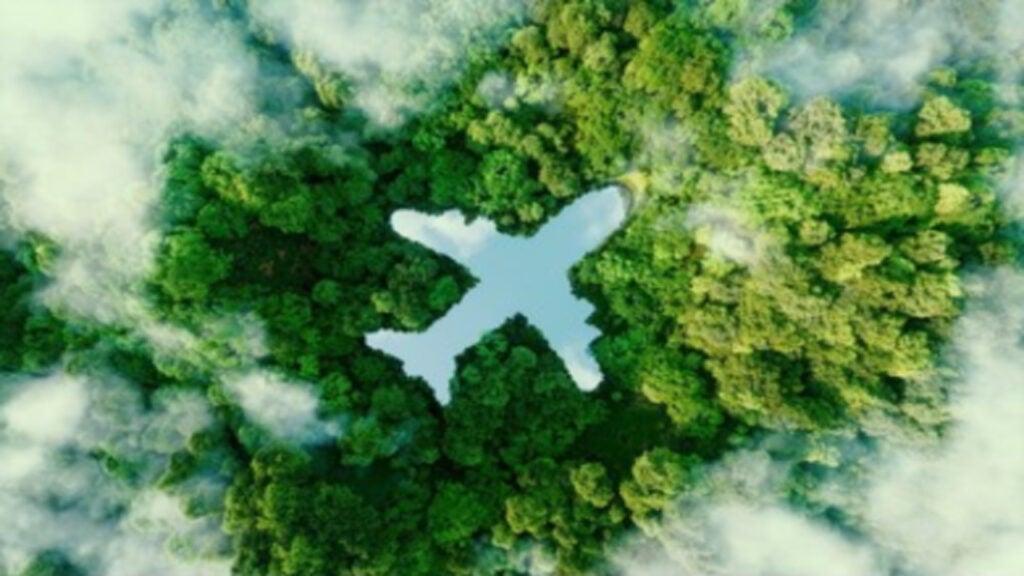The aerospace and defence industry continues to be a hotbed of innovation, with the conflict in Ukraine driving defence spending and investment, the need to combat emerging technologies such as hypersonics, and growing importance of technologies such as AI and computer vision. In the last three years alone, there have been over 174,000 patents filed and granted in the aerospace and defence industry, according to GlobalData’s report on Robotics in Aerospace, Defence & Security: Multi-axis drone gimbals.
However, not all innovations are equal and nor do they follow a constant upward trend. Instead, their evolution takes the form of an S-shaped curve that reflects their typical lifecycle from early emergence to accelerating adoption, before finally stabilising and reaching maturity.
Identifying where a particular innovation is on this journey, especially those that are in the emerging and accelerating stages, is essential for understanding their current level of adoption and the likely future trajectory and impact they will have.
180+ innovations will shape the aerospace and defence industry
According to GlobalData’s Technology Foresights, which plots the S-curve for the aerospace and defence industry using innovation intensity models built on over 262,000 patents, there are 180+ innovation areas that will shape the future of the industry.
Within the emerging innovation stage, collision avoidance for robots, computer vision for autonomous navigation, and autonomous control systems are disruptive technologies that are in the early stages of application and should be tracked closely. Agri drones, UAV swarm control, and drone flight control system are some of the accelerating innovation areas, where adoption has been steadily increasing. Among maturing innovation areas are sensor-guided aiming assists and parasite drones, which are now well established in the industry.
Innovation S-curve for robotics in the aerospace and defence industry

Multi-axis drone gimbals is a key innovation area in robotics
Gimbal is a pivoting support which allows the rotation of an object on a single axis. A three-axis gimbal means that if a camera is mounted it can move independently of other gimbals. The three axes are pitch, yaw and roll.
GlobalData’s analysis also uncovers the companies at the forefront of each innovation area and assesses the potential reach and impact of their patenting activity across different applications and geographies. According to GlobalData, there are 10+ companies, spanning technology vendors, established aerospace and defence companies, and up-and-coming start-ups engaged in the development and application of multi-axis drone gimbals.
Key players in multi-axis drone gimbals – a disruptive innovation in the aerospace and defence industry
‘Application diversity’ measures the number of different applications identified for each relevant patent and broadly splits companies into either ‘niche’ or ‘diversified’ innovators.
‘Geographic reach’ refers to the number of different countries each relevant patent is registered in and reflects the breadth of geographic application intended, ranging from ‘global’ to ‘local’.
SZ DJI Technology is the largest patent filer within this sector, which utilises the technology for camera stabilisation in aerial cinematography and produces a number of gimbal cameras. The company produces a number of commercial drones. Another major company is PV LABS, which produces aerial imaging systems for a number of applications including ISR, border patrol, search and rescue and a variety of law enforcement applications. In terms of application diversity, the largest company is Shenzhen Daotong Intelligent Aviation Technology, followed by Neurosciences Research Foundation and Omax. In terms of geographic spread, the largest company is Raytheon Technologies, having filed patents to develop and install the technology on existing military drones. The company has also sought to address heat problems caused by these systems by developing heat exchanger solutions.
To further understand the key themes and technologies disrupting the aerospace and defence industry, access GlobalData’s latest thematic research report on Defence.




